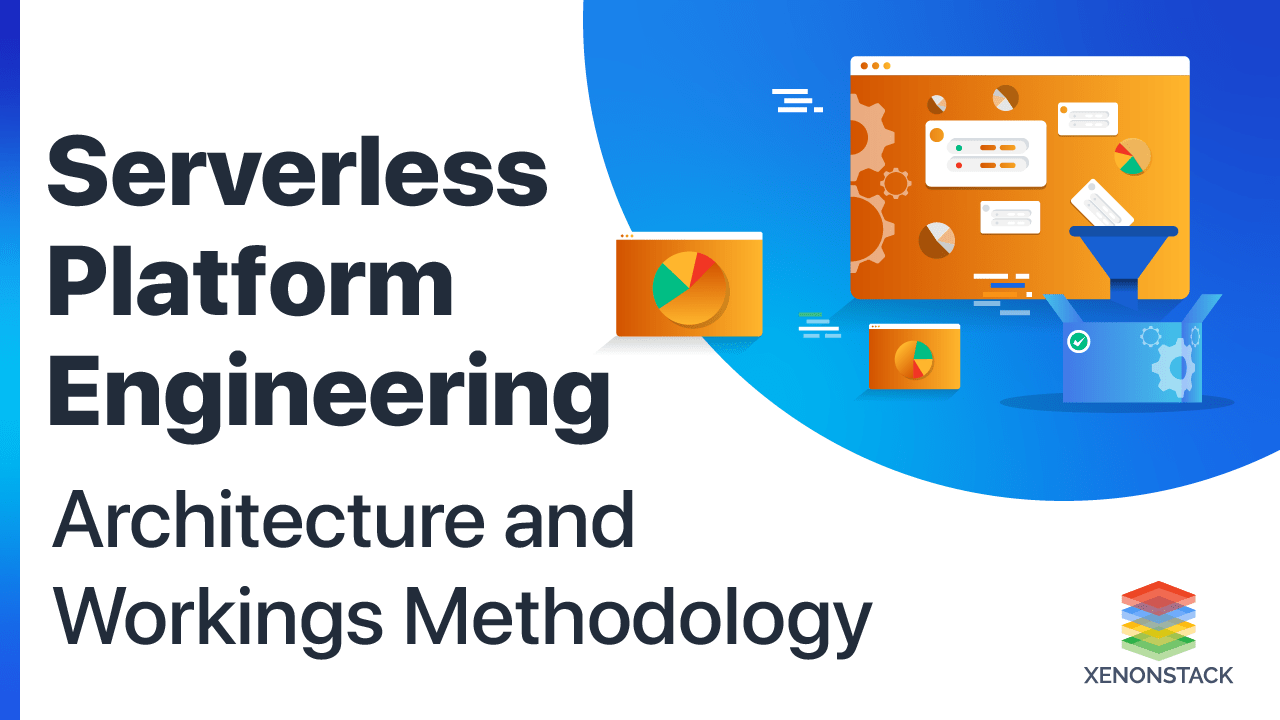
Introduction to Serverless Platform Engineering
Serverless allows developers to write code and build and run applications without any worries about managing the servers. It’s not like there are no servers. There would be some platform where the code should be executed. The advantage is that developers don’t need to care about servers, and a cloud provider will take care of running the application, database, and storage systems.
This has evolved from a basic level, including configuring and maintaining the servers and environments to run the code on. Then moving on to Virtual machines, the ideal time management is much better, but the need to install the OS and patching is still required. The most revolutionary innovation that arrived was the containers, and the deployment activities were significantly simplified by gathering all the dependencies into one space.
Then, advancements came across serverless, where the drawbacks of containers, like scaling and managing the application, were mainly resolved. Let’s discuss this in detail.
The online solutions that enable the execution of multiple tasks in the same place through the internet. Click to explore about our, Digital Transformation with Gen AI
What is Serverless Architecture?
Servers are the most widely known technological advancements any developer can ask for to deploy the code or business logic and iterate the possibilities to improve the performance. With its introduction, organizations and developers experienced a smooth transition to improve the practices for building and developing the applications and leave the provisioning to the cloud provider to deal with the ideal time.
Before its adoption, the onsite team managed systems, hardware, and software and rolled out the security updates. Created backups were some challenging tasks the cloud provider has now taken care of. The primary function of the cloud provider is to run the function or the code when triggered. Cloud providers either have a set of Backend-as-a-service (BaaS) or Function-as-a-Service (FaaS) offerings. Although both have some functionality of their own, BaaS provides some pre-built features to help developers focus on the front-end section. On the other hand, FaaS has proven to be more flexible, i.e., developers can work on both the front and back end.
A self-service layer that encompasses technologies and tools that allow developers to engage with their organization's delivery configuration independently. Click to explore about our, Internal Developer Platform
How Does Serverless Platform Methodology Work?
The streamlined operation steps could be in three significant steps:
Writing and defining code
The initial step is to create the block of code or business logic and upload it to the provider’s account.
Setting up the trigger to run the code
When submitting the code to the cloud provider, the only requirement is to set a trigger or switch to run the code. This can be in-app clicks or API calls to start the operations.
Letting the Cloud Provider manage the code with databases and storage
The final step makes it serverless, as the cloud provider will be responsible for provisioning the servers and running the code when triggered.
Serverless vs Microservices
This is the most important and debatable factor, how both of them are differentiated and work:
Functionality
Microservices are designated with the operations for designing the application, whereas Serverless is associated with the execution of the code or designated as a medium to run the code.
Process of Actuation
Microservices are long-term, always going, and continuously perform multiple functions simultaneously. On the other hand, serverless needs a particular trigger to initiate the processes. Its code only runs when triggered and displayed to the cloud provider.
The objective of Use
Microservices promise the enablement and easy deployment of constantly evolving services that demand high stability and agility for operations. Serverless offers BaaS and FaaS, which let you handle the backend for your programs.
Migration to cloud with the architecture can make the development process smoother, maximum resource utilization. Click to explore about our, Serverless Application Development Services
Why is Serverless Platform Engineering Important?
Reasons to use Serverless Platform Engineering are:
Single Functionality Processes
It encourages the development and execution of code with only a single function. This is because the system prefers a shorter execution time, and the more extensive program is to be broken into smaller components. The objective of smaller components is to make the processes easy and agile. These components are easier to change and easy to deploy with minimal effort.
Self-Contained code execution
It also possesses the trait of defining all the dependencies and configurations. Although your code is triggered on a different server, the environment should remain self-contained regardless of the FaaS or serverless containers.
Avoiding Extensive coding and Privacy Issues
It shares the capability to grant permission to a particular function that is required for the execution. This makes it easy to keep your code private or store credentials or confidential information in external environments.
Encourage the use of IaC
This lets you rest assured in case a system breakdown occurs. By managing the data and code on cloud servers, fast and quick recovery with data protection can allow you to access the data.
For example, Suppose you are trying to manage and store your data on a server-like instance at your office. One day, the server was down, and there was no recovery backup or code backup to configure the system. Even if you thought of creating a backup, you need to create an all-new instance to store your data and code in case one of them falls.
Unified strategy helps businesses drive interconnected ecosystems with API-driven architecture for digital transformation. Click to explore about our, Digital Platform Engineering
What are the Various Challenges of Serverless Platform Engineering?
Despite the numerous advancements in Platform Engineering, servers, and business logic initiatives, there are still areas that require attention. Additionally, these advancements come with their own set of challenges and drawbacks that need to be addressed. Let’s discuss some of them:
Loss of Control
Serverless is a software-based cloud service that helps you run your code without any care about the backend processes. The fact is that having no control over the server makes you dependent on the cloud service provider in case any breakdown occurs.
Vendor Lock-In
Now, cloud services can integrate functions and provide an experience of running functions across one server. However, services from one provider are meant to be operated seamlessly.
Little to no security and monitoring capabilities
These servers are difficult to test, debug, and monitor. The lack of proper monitoring tools makes it challenging to keep track of the processes. Monitoring implementation is only possible with a tool specially configured for the CI/CD pipeline and automatically integrated with the platform and tools.

Conclusion
Since its introduction in the current technology world, serverless systems have become among the most widely used Software Development practices and approaches. Serverless Platform Engineering enables a wide range of practices for developers to optimize their development and deployment approach and empower organizations with a seamless workflow.
- Explore Why Digital Platform Strategy is important?
.webp?width=1921&height=622&name=usecase-banner%20(1).webp)




